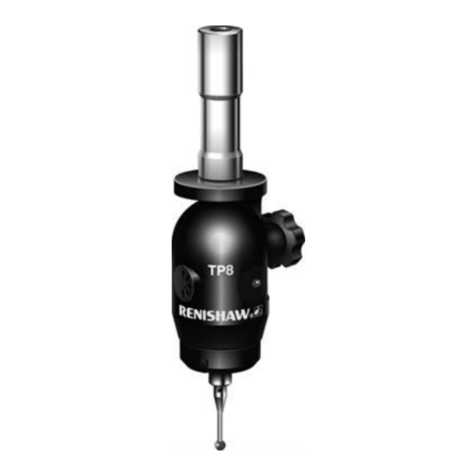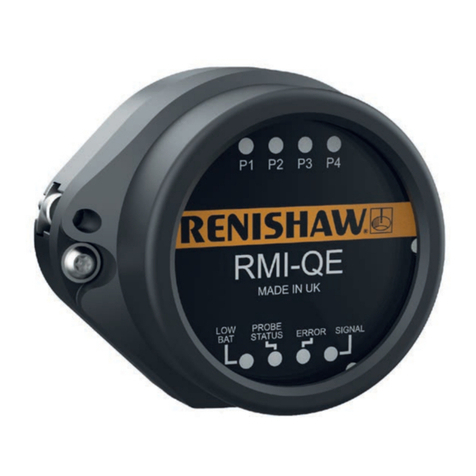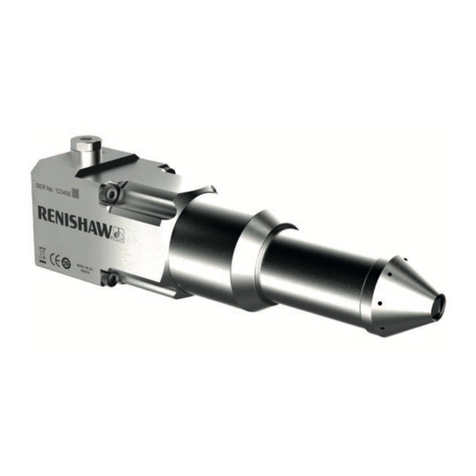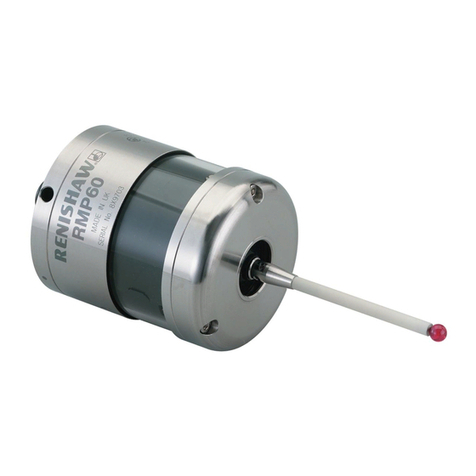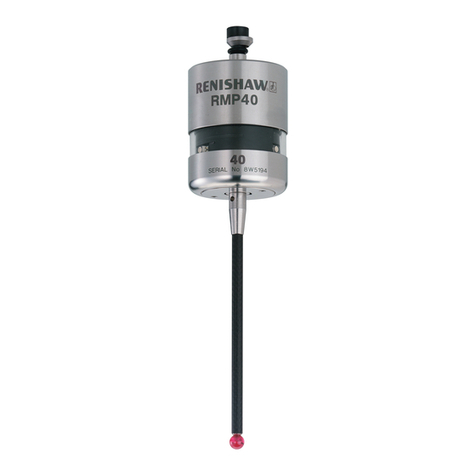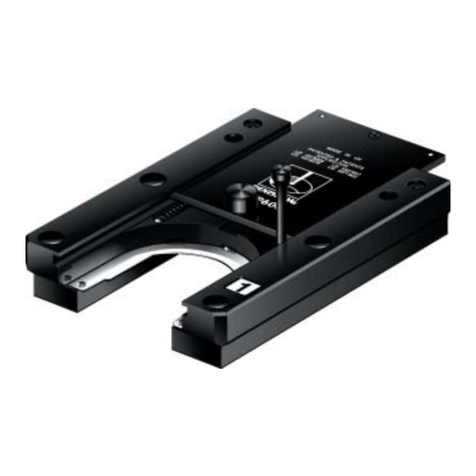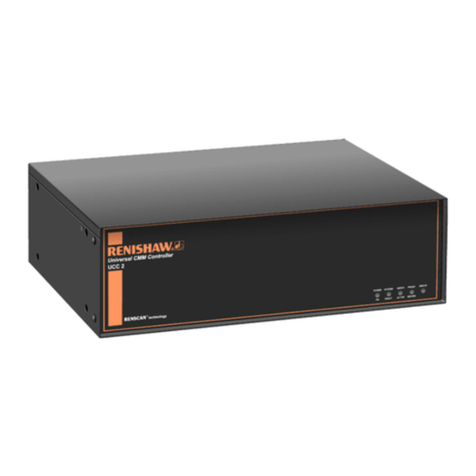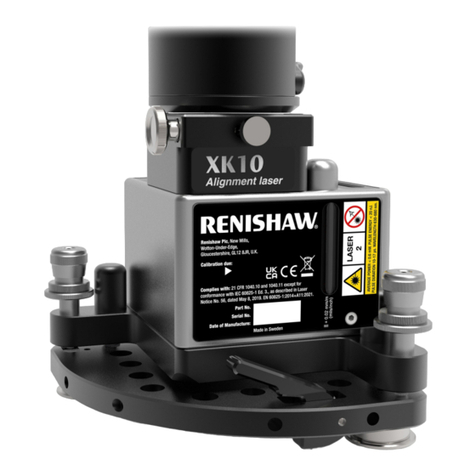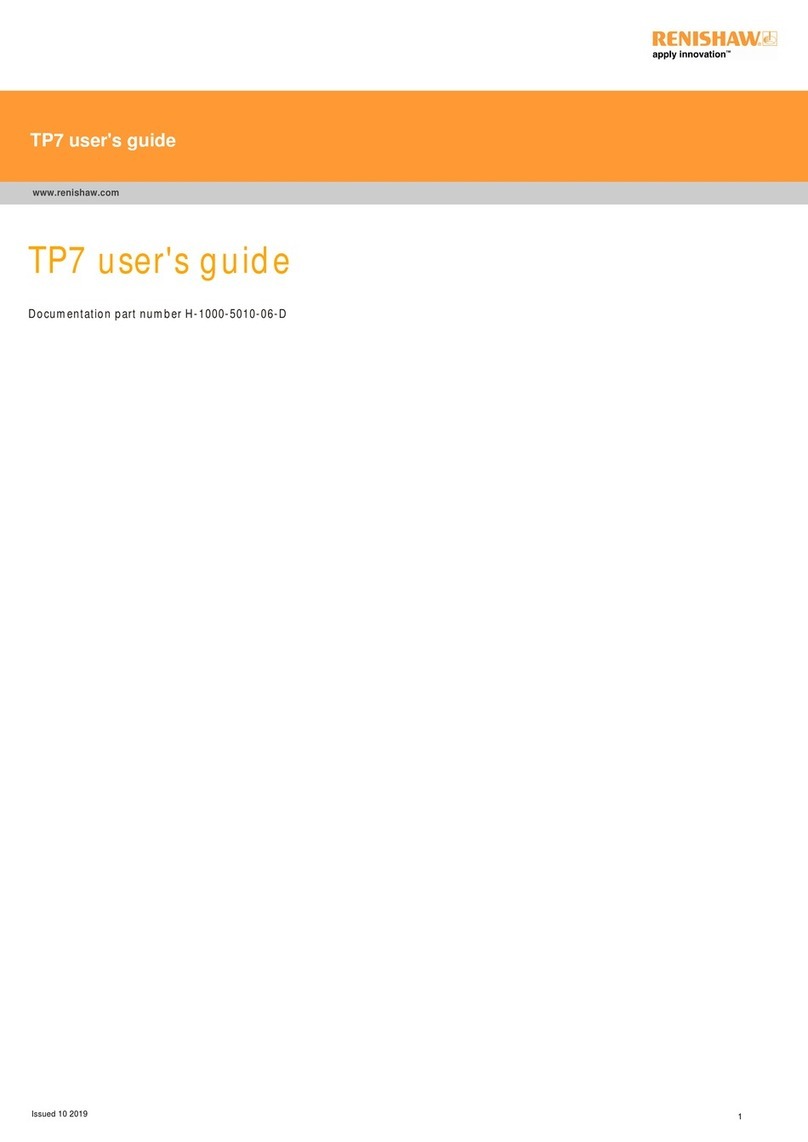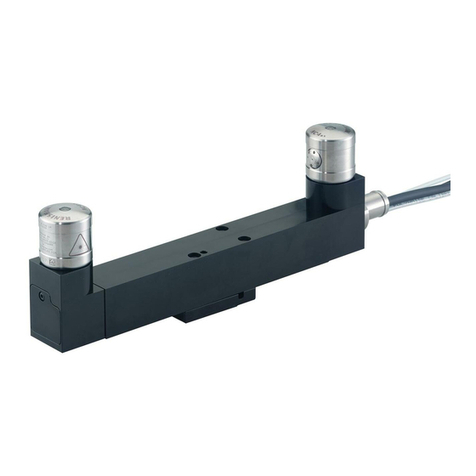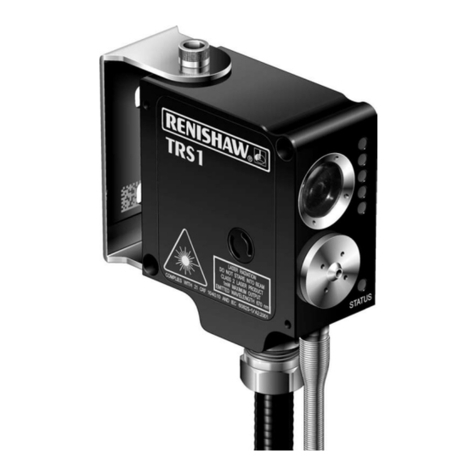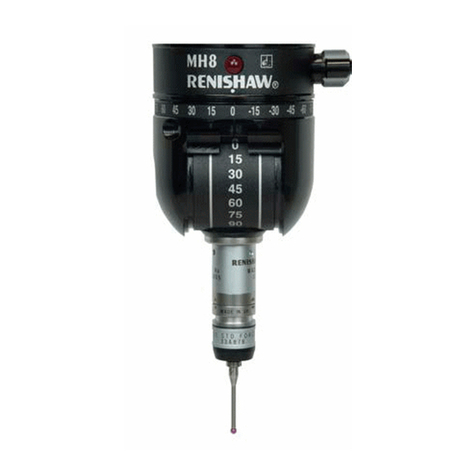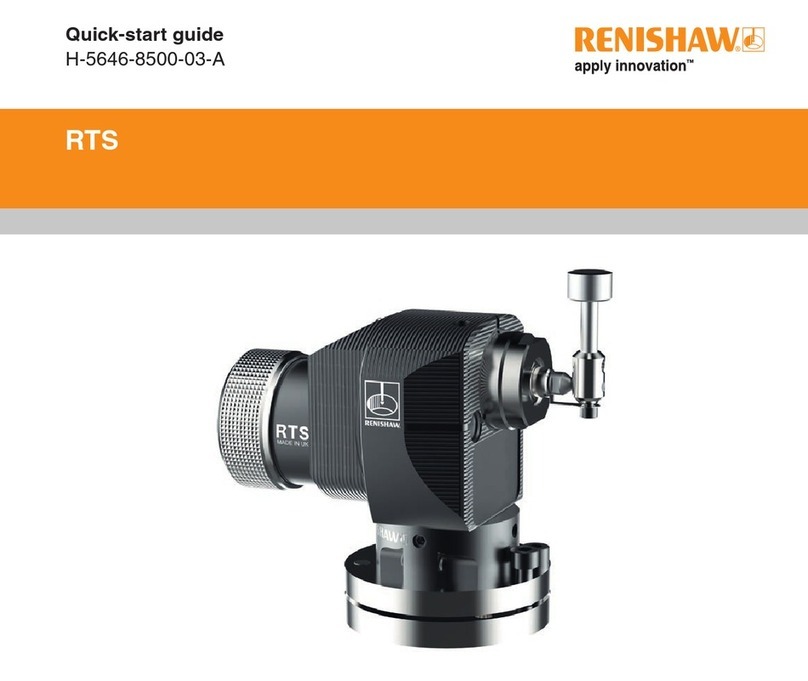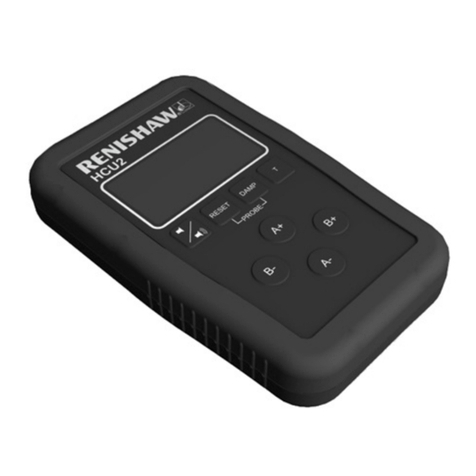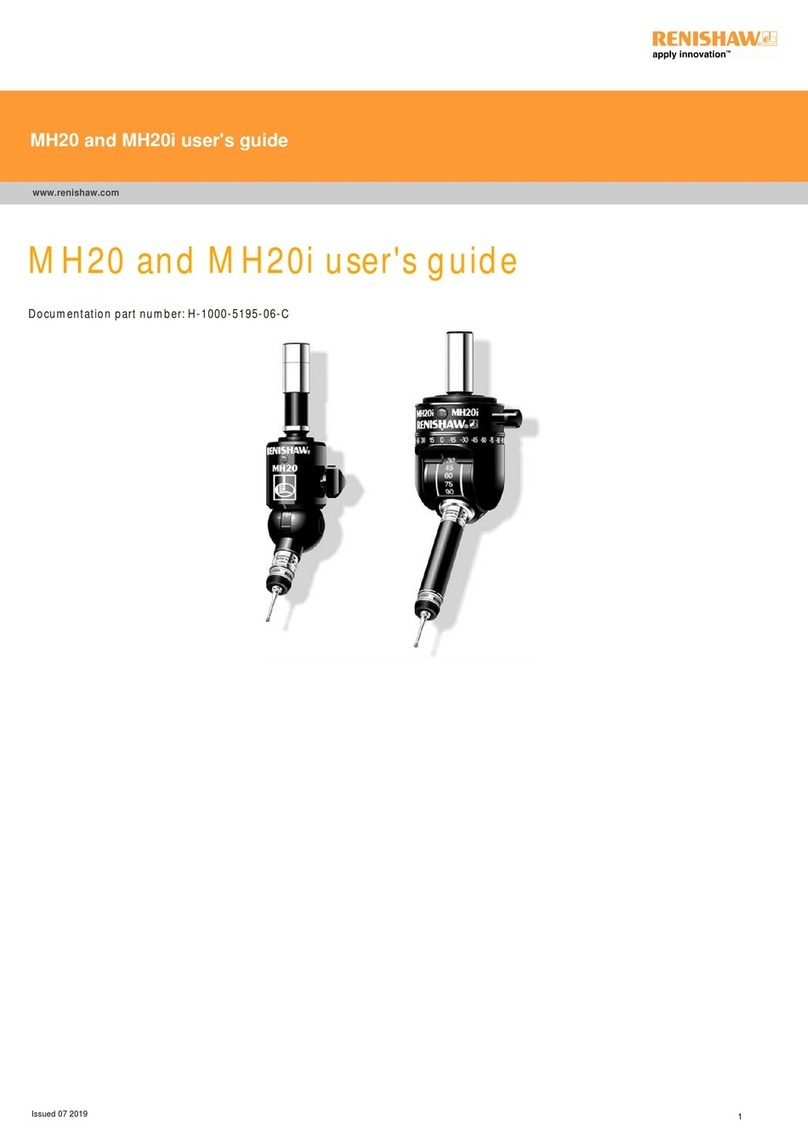
iii
Contents
Preparing the tool setter for use ................................................5.7
Fitting the stylus, break stem and captive link ...................................5.7
Installing the battery.......................................................5.8
Mounting the tool setter on a machine table ....................................5.9
Tool setter stylus level setting...............................................5.10
Preparing the interface for use ................................................5.12
Mounting bracket (optional) ................................................5.12
Interface wiring diagram...................................................5.13
Interface cable ..........................................................5.14
Interface screw torque values. . . . . . . . . . . . . . . . . . . . . . . . . . . . . . . . . . . . . . . . . . . . . . . 5.15
Calibrating the Primo equipment...............................................5.16
Why calibrate? ..........................................................5.16
Calibrating the part setter and tool setter together...............................5.16
GoProbe training part calibration ............................................5.16
Calibrating the part setter only..............................................5.17
Calibrating the probe length................................................5.17
Part setter and tool setter LED guide ...........................................5.18
Start-up ...............................................................5.18
Acquisition mode ........................................................5.18
Errors .................................................................5.19
Interface LED signals .......................................................5.20
Acquisition mode ........................................................5.21
Operational mode........................................................5.22
Error states.............................................................5.23
Interface digital display codes ..............................................5.24
Acquisition method .........................................................5.25
Part setter..............................................................5.25
Tool setter..............................................................5.27
Installing the credit token cassette .............................................5.29
Changing the credit token ....................................................5.30
Credit transfer .............................................................5.31
Maintenance .................................................................6.1
Maintenance ...............................................................6.1
Cleaning the equipment ......................................................6.1
Changing the battery.........................................................6.2
Part setter...............................................................6.2
Tool setter...............................................................6.3
Permitted battery types ....................................................6.4
Interface cover..............................................................6.5
Removing the interface cover................................................6.5
